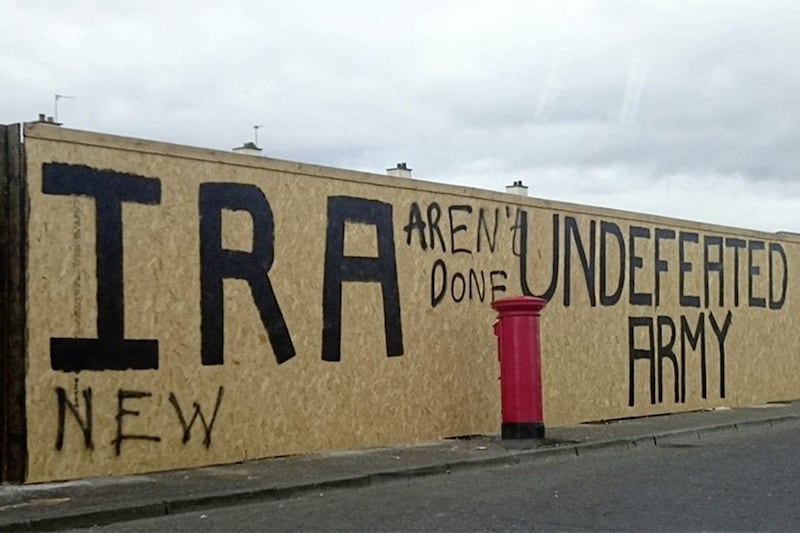A former SAS soldier has claimed his unit was involved in a “long running” surveillance operation during which a Co Derry man was shot dead in a suspected shoo-to-kill operation.
The former squaddie, who is known by the cipher Soldier V, was giving evidence at an inquest into the killing of Francis Bradley.
The 20-year-old was shot dead close to an arms dump near Toomebridge in Co Antrim in February 1986.
His name was later added to the IRA’s roll of honour.
At an inquest hearing last week his brother Brian Bradley said his sibling was told by police “that he would be dead before he was 21 years old”.
During Tuesday’s hearing in Coleraine coroner Peter Irvine heard evidence from Soldier V, who was using voice distortion equipment.
In a statement read to the court the former British soldier said he spent “in total about seven years on active service” in the north and at the time of the shooting was posted to a Special Military Unit - a description used by the Ministry of Defence but generally understood to include the SAS.
He confirmed that on the night of the ambush he was the officer-in-command of a surveillance sub-unit and was deployed in the area of the ambush in a vehicle on his own.
He told the court that “other than in the publicity around this inquest”, he did not recall Mr Bradley’s name.
However, he revealed that members of the IRA in south Derry were the focus of a long-running surveillance operation at the time of Mr Bradley’s killing.
“I cannot say if we undertook surveillance in Mr Bradley at around the time of this incident or not,” he said.
“I do recall that we were engaged in a long running operation undertaking surveillance on members of the local PIRA ASU (Active Service Unit).”
Soldier V said he could not recall the names of those associated with the ASU “due to the passage of time”.
“It was within this operation that Mr Bradley was killed,” he said.
“There were numerous operations going on during this time.
“I cannot say how long the operation had been running, the best evidence I can now give is weeks or months.
“It is simply too long ago for me to say more than this was a long running operation.”
Soldier V said he had been posted to the north in the years between 1981 and 1990.
In his statement he referred to a British army video that may have shown the moment Mr Bradley was killed.
The Ministry of Defence has confirmed it is their belief the video no longer exists.
The video images were captured by a thermal imaging type device, known as a P3, which was fitted to a British army helicopter on the night of the ambush.
In evidence last week a former RUC man said CID never had the video.
On Tuesday Soldier V suggested police “would be aware if there was a P3 in the sky and that it had the facility to record events”.
The former soldier made reference to a former senior Special Branch officer, Frank Murray, who has since died.
Mr Murray was involved in several controversial incidents during the Troubles.
“As we were acting in support of the police, and I am told Frank Murray was present in at least one of the operation rooms, it may be that the police recovered or viewed the video,” Soldier V said in his statement.
“I do not know.
“The police would have been aware of the exitance of any video as all assets were deployed under police tasking.”
Retired District Judge Liam McNally, who represented the Bradley family at an original 1987 inquest, also provided evidence and confirmed that he was “happy” notes taken at that time by someone from his office gave “an accurate account”.








